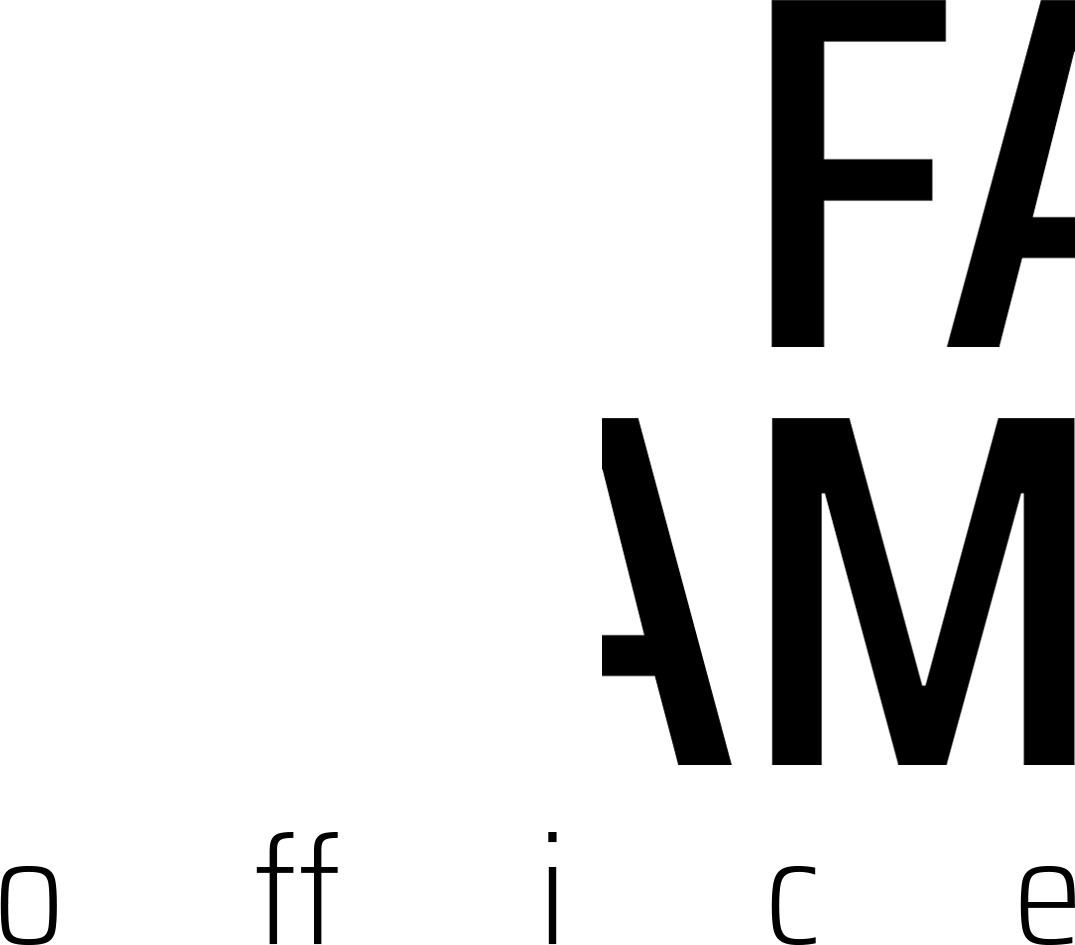ABOUT FAAM
A Brief Description Of Faam Family
FAAM is a young design group headed by Shahram Farjadian and Sahand Mosallaei, who started his career in the field of design, architecture and research since 2015. During this period, FAAM’s design and practice processes are not exclusive to the discipline of architecture, and specialized teams in the fields of urban design, landscape design, interior design, product and concept design work in different departments.
In meaning, FAAM is a state of approximation and relativity, what appears to be but is not and sometimes is not but is in essence, a boundary from vagueness and approximation to certainty and stability; This paradoxical philosophical interpretation is the process of practice and passing in FAAM.
Before producing a personal language and defining a specific method in design, FAAM seeks to rethink his design attitudes and issues: the middle of absence and presence, the values of mass and space, the ratio of rigidity and transparency, the boundaries of connection and disjunction, touch and suspension of components, timeliness and timelessness of the work are all dualities whose boundaries and atmosphere are constantly changing and re-creating in FAAM ‘s practice and projects.

ABOUT FAAM
‘’FAAM OFFICE’’ is a young design group under the lead of Shahram Farjadian and Sahand Mosallaei that starts its’ professional activities in fields of design, architecture and research since 2016.
The design process and practice of FAAM was not restricted to architecture disciplines, its’ specialized team works are active in the fields of urban designing, landscapes, interiors, product design, and concept at different departments.
FAAM in meaning is a state of approximation and relativity, something that exists objectively but doesn’t have been and something that doesn’t exist naturally but in essence, it really is.
A boundary of ambiguity and approximation to stabilization and finality.
This philosophical interpretation gives a denomination to both FAAM practice and its transition process.
FAAM farther and further than investigating his language in designing and defining his personal discipline, seeks for rethinking, redesigning the attitude and issues of its’ design: the middle of absence and presence, the worth of the mass and the space, the ratio of solidity and transparency, the boundaries of connection and disjunction, the touch and suspension of components, the temporal and timeless aspects of the work. These are all dualities, which boundaries and moods is changing and recreating at the projects and practices of the FAAM.
